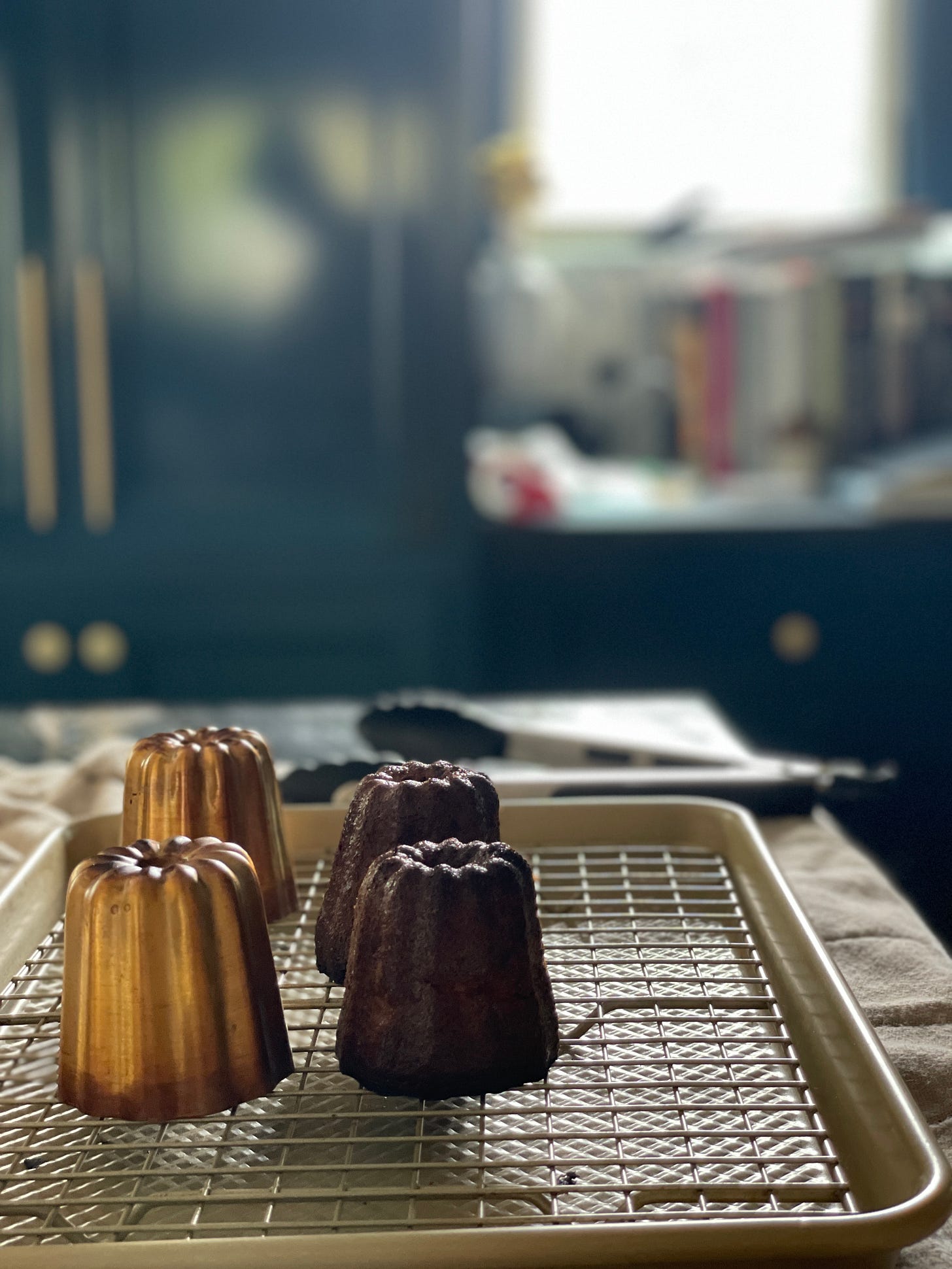Baking 101: Leavening Agents Explained
A detailed guide to leavening agents in baking and how they work.
Hello!
I’ve been busy baking in my kitchen and enjoying every minute of it. We’re in the midst of June gloom in LA when the weather is dull and chilly but also a little wet this year. Baking brightens my day and makes me happy, and the heat from the oven is a nice bonus. Although, I’ve been known to bake even in the hottest of weather. That wasn’t very smart.
Last week, I started with cannelés de Bordeaux as an excuse to test my new oven and see how dark I could caramelize these beautiful pastries (I’ve got a recipe for you coming soon). The cannelés got me thinking about leavening agents and how airy textures are built into these pastries. In a cannelé recipe, you’re asked to keep whisking at a minimum and let the batter rest for a day or two to eliminate any incorporated air. Yet when baked, the pastry rises, and the interior of this delightful dessert reveals many holes in cooling. There’s no baking soda, baking powder, or yeast, so where does this air come from? The source of air is easier to understand when we’re making cakes and cookies with baking powder or baking soda and baking a gorgeous crusty loaf of sourdough. But in the case of the cannelés, it might seem a little mysterious at first. Where does the air come from? Let’s take a closer look at the ingredients we bake with and find out.
Leavening 101
In baking, “Leaven” means to make the dough lighter by adding gas. This gas doesn’t necessarily need to be air, it can also be carbon dioxide, and the gas can be introduced by physical, chemical, and biological methods or, more precisely, leavening agents. Leavening agents work by capturing or producing, and trapping air in batters and doughs. The extent to which they work will define the texture of the baked good. Without those air bubbles trapped in bread, cakes, or cookies, their texture would be unpleasant, tough, and heavy.
Let’s jump in and take a deeper look.


